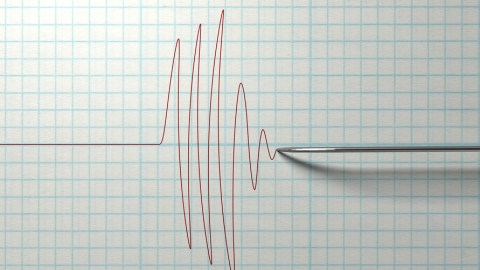How to outsmart a lie detector test

A polygraph machine is not a magical device. It can’t read your mind; it has no concept of truth. The polygraph test is ostensibly designed to identify liars from truth-tellers, but its weaknesses make it like any other test in that it can be beaten, given the right kind of studying. To outsmart a lie detector you must first understand its psychological facets and then turn them in your favor. Malia Wollan writes this in today’sThe New York Times:
The first step is not to be intimidated. Most tests include two types of questions: relevant ones about a specific incident (‘Did you leak classified information to The New York Times?’) and broader so-called control questions (‘Have you ever lied to anyone who trusted you?’). The test assumes that an innocent person telling the truth will have a stronger reaction to the control questions than to the relevant ones.
The trick is to learn how to conjure physical reactions that go against the test’s expectations. Practice calming yourself when asked relevant questions — think of the beach or the mountains. Keep cool under pressure and the physiological readers won’t know any better. Then practice frightening yourself when asked a control question. Imagine horrific images or distressing memories that will cause your heart rate to rise.
Many experts, ranging from the American Psychological Association to the United States Supreme Court, are unconvinced of the polygraph’s supposed veracity. Doug Williams, a former police detective at the heart of Wollan’s piece, calls the lie detector test “[an] insidious Orwellian instrument of torture,” which I suppose means he’s not a very big fan.
What’s clear is that the polygraph isn’t entirely reliable, especially if the test-taker knows how to crack it. Like you do, now. So yes, it’s possible to beat the lie detector — not that we necessarily endorse the idea of trying to, though.
Read more at the New York Times.
In the following Floating University video, Harvard professor and Big Think expert Steven Pinker explains how the contents and manner of speech offer a glimpse into the shape of our consciousness.
Photo credit: albund / Shutterstock




